Are you worried about the health and appearance of your low-porosity hair? Low-porosity hair can be tricky to manage due to its tightly closed cuticle layer, making it difficult for moisture to penetrate and be absorbed by the hair shaft.
One solution could be having protective hairstyles. But how are protective styles good for low-porosity hair?
Protective styles can help keep low-porosity hair moisturized and reduce breakage by minimizing manipulation and exposure to harsh environmental factors. Some protective styles that can work well for low-porosity hair include braids, twists, and buns.
We’ve compiled all the information you need to learn to take proper care of your low-porosity hair, so let’s dive right into it!
Types of Hair Porosity
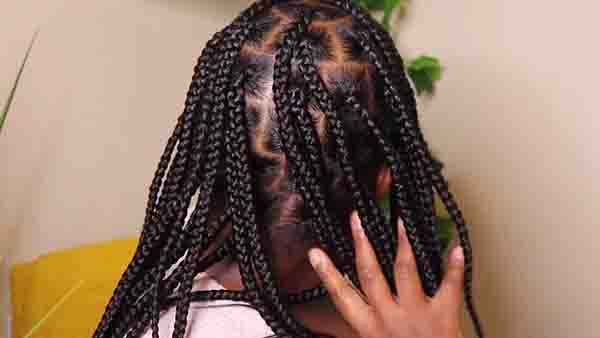
The most common types of hair porosity are: low, normal, and high. Here’s how they’re defined:
1. Low-porosity Hair
This hair type has a cuticle layer that is constricted, which hinders moisture’s ability to enter the hair shaft.
2. Normal-porosity Hair
Normal-porosity hair has a cuticle layer that is balanced, allowing moisture to enter the hair shaft and remain there.
3. High-porosity Hair
The last type of hair is high porosity, which has a swollen or weakened cuticle, enabling moisture to be absorbed by the hair shaft but difficult to retain.
Low-Porosity Hair Basics

Hair with low porosity has a tightly bound cuticle that prevents moisture from penetrating the shaft. It leads to a product build-up on the hair, making it prone to dryness and breakage.
Plus, the hair is often shiny and has a smooth texture, but it can be difficult to style and take a long time to dry.
Signs that Indicate You Have Low-porosity Hair

The followings are the signs and characteristics of low-porosity hair:
- Low-porosity hair takes longer to wet because water has difficulty penetrating the shafts.
- It takes longer to dry since moisture cannot escape easily.
- Chemicals with low porosity have difficulty penetrating the hair shaft. This can make coloring and relaxing hair harder.
- A low-porosity hair type is typically shiny and reflects light well.
Some differences between low-porosity hair and high-porosity hair
Low-porosity hair has a tightly bound cuticle layer, making it hard to absorb moisture and prone to product buildup.
High-porosity hair easily absorbs moisture but struggles to retain it and is susceptible to product buildup.
Chemical treatments may damage high-porosity hair more easily than low-porosity hair.
Signs That Your Low-porosity Hair May Need Protein
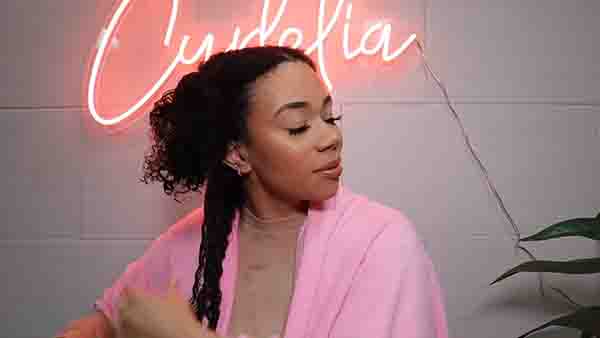
Low-porosity hair may benefit from protein treatments to help strengthen the hair and prevent breakage. Here are some signs that your low-porosity hair may need protein:
- If you notice a lot of hair shedding when you detangle or style your hair, it may be a sign that it is weak and in need of protein.
- Low-porosity hair can sometimes lack elasticity, meaning it does not stretch and return to its original shape when pulled. This can signify that your hair needs protein to help strengthen its structure.
- If your low-porosity hair feels dry and brittle, even after moisturizing and conditioning, it may be a sign that it needs protein to help strengthen and repair the hair shaft.
- Frequently using heat styling tools on your low-porosity hair can cause damage and weaken the hair. Protein treatments can help to repair this damage and strengthen the hair.
Washing Low-porosity Hair
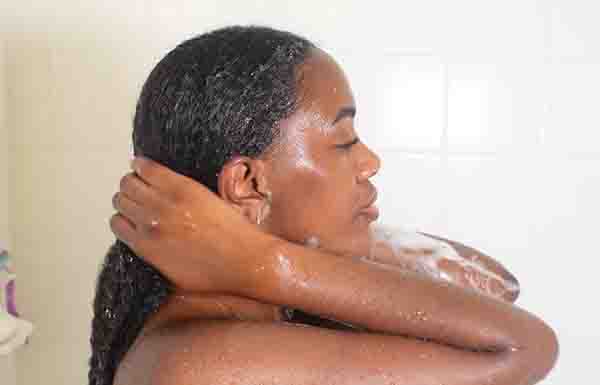
It can be challenging to wash low-porosity hair due to the tightly bound cuticle layer. This can result in product build-up and dry, brittle hair. Here are some tips to help with washing low-porosity hair:
- Pre-poo with a lightweight oil or conditioner: This can help to loosen dirt and debris and also provide some slip to aid in detangling.
- Use warm water: Warm water can help to open up the hair cuticles and make it easier for products to penetrate.
- Use a clarifying shampoo: Clarifying shampoos can help to remove buildup from the hair and scalp. However, be careful not to use them too frequently as they can strip the hair of its natural oils.
- Use a deep conditioner or hair mask: This can help to hydrate the hair and improve its elasticity.
- Avoid heavy products: Heavy products can weigh down low-porosity hair and make it more difficult to wash. Opt for lightweight products that won’t leave a residue.
- Use a shower cap or plastic bag: Covering the hair with a shower cap or plastic bag while washing can help to trap heat and moisture, which can help to open up the hair cuticles and allow products to penetrate more easily.
- Rinse thoroughly: Be sure to rinse your hair thoroughly to ensure that all product residue is removed.
Low-porosity Hair and Protective Styling:
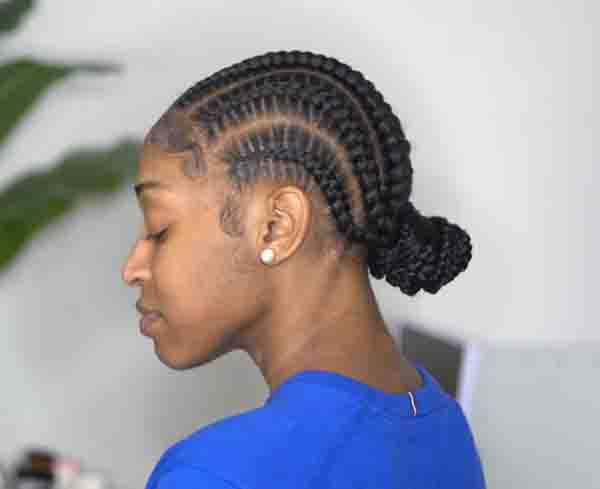
Protective styling can be a great way to protect low-porosity hair from damage and breakage, but it’s important to take care when styling and caring for your hair to ensure it remains healthy and hydrated.
The Benefits
Protective styling can provide several benefits for low-porosity hair, including:
- Protective styles reduce the amount of hair manipulation, which minimizes breakage and promotes healthy hair growth.
- These hairstyles also protect your hair from environmental stressors like sun, wind, and pollution, which can dry out and damage low-porosity hair.
- Winter dries out low-porosity hair. Protective styles help retain moisture by minimizing exposure to elements.
- Protective styles help lock in moisture and reduce moisture loss, which is essential for low-porosity hair that can be prone to dryness.
- They can be very versatile, allowing you to experiment with different looks and styles without causing damage to your hair.
Installing Protective Styles on Low-porosity Hair

Here are some tips for properly installing protective styles for low-porosity hair:
- Low-porosity hair can be prone to dryness, so be sure to use a moisturizing shampoo and conditioner and follow up with a leave-in conditioner or moisturizing cream.
- As tight styles can cause tension and breakage, avoid pulling your hair too tightly when installing a protective style.
- Look for products specifically formulated for low-porosity hair, and avoid products containing heavy oils or butter.
- Use a gentle detangling brush or a wide-tooth comb to minimize breakage and prevent damage to your hair when detangling.
- Wear a satin, silk bonnet, or scarf to protect your hair at night.
- Leaving styles in for too long can cause matting and tangling, which can be difficult to remove without causing damage to your hair.
Duration of Keeping a Protective Style on Low-porosity Hair
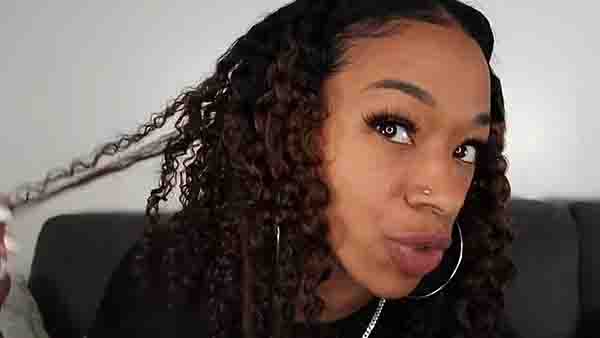
The frequency with which a protective style should be taken down for low-porosity hair varies depending on several factors, such as the type of style, the products used, and your individual hair needs.
However, as a general guideline, taking down your protective style every 4-6 weeks is a good idea.
Importance of Properly Drying Protective Styles
It’s important for the hair to dry in protective styles in low-porosity hair. If it remains damp or wet for too long, it can create an environment that promotes the growth of bacteria and fungi, leading to scalp issues such as dandruff and fungal infections.
Choosing a Protective Style for Low-porosity Hair
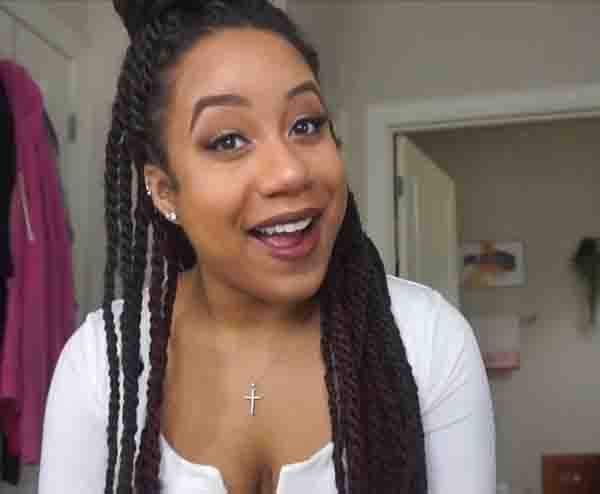
When choosing a protective style for low-porosity hair, there are several factors to consider, including:
- The length and thickness of the hair can determine what types of protective styles are suitable. For example, shorter hair may not be able to be braided or twisted, whereas longer hair may be too heavy for certain styles.
- Protective styles that require a lot of manipulation, such as frequent touching or re-styling, can lead to breakage and damage for low porosity hair. Choosing styles that require minimal manipulation can help to minimize damage.
- It is important to choose styles that are tight enough and that can be adjusted as needed.
- Opt for styles that allow for easy access to the scalp and hair, and that do not trap moisture or product build-up, which can help to maintain hair health.
- Choose a protective style that can last for an extended period of time to minimize the amount of manipulation and styling needed.
Best Protective Styles for Low-porosity Hair
These are some protective styles that may work well for low-porosity hair:
1. Twist-outs
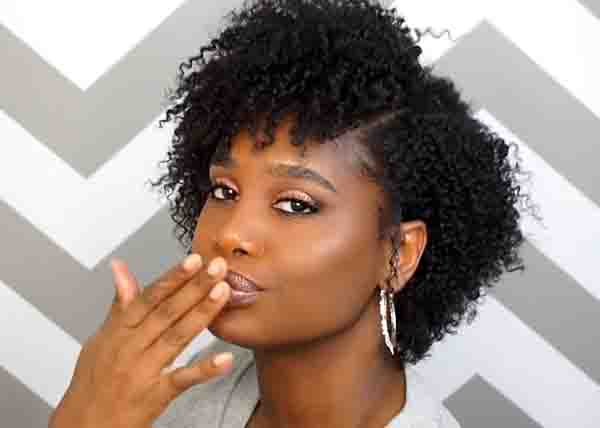
Twist-outs involve twisting small sections of hair from the root to the end and allowing the hair to dry and set in the twists.
Low-porosity hair is beneficial to twist out the hair and let it air dry in order to keep it moisturized by sealing in the natural oils and preventing moisture loss. This can lead to healthier, stronger hair that is less prone to breakage and damage.
Moreover, twist-outs can last several days, reducing the need for daily styling and manipulation that can damage low-porosity hair even more.
2. Bantu Knots

Bantu knots are a protective style that involves twisting small sections of hair into tight knots. This style can help to protect the ends of the hair and prevent breakage.
The bantu knot creates a protective barrier around the hair, preventing moisture from escaping. This helps to keep the hair hydrated and healthy.
Additionally, Bantu knots do not require the use of heat, which can further damage low-porosity hair.
By wearing Bantu knots as a protective style, individuals with low-porosity hair can promote healthy growth and maintain the integrity of their strands.
3. Two-strand Twists
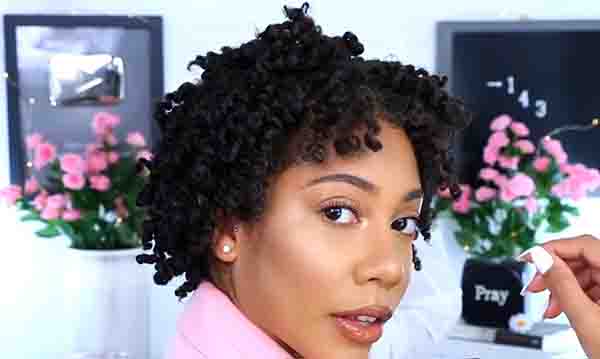
Two-strand twists are done by twisting two strands of hair together from the root to the end, similar to braiding, but with only two sections of hair.
Using two-strand twists, you create a barrier around each strand, keeping moisture in and harsh elements out. Furthermore, this style is low manipulation, which reduces the risk of mechanical damage from frequent combing or brushing.
4. Pineapple Updo
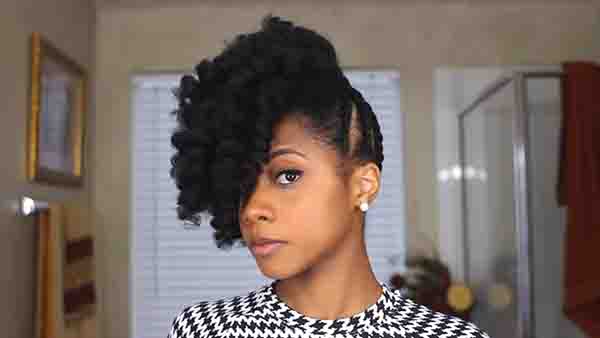
The pineapple updo involves pulling the hair into a high, loose ponytail at the top of the head. This style is gentle on the hair and can help to prevent tangles and breakage.
The pineapple updo allows the hair to be stretched and arranged in a way that minimizes friction and breakage while maintaining moisture levels.
It also keeps the ends of the hair tucked away, reducing the risk of split ends.
Additionally, the pineapple updo is a versatile style that can be accessorized with scarves or headbands to add variety to the look.
Overall, the pineapple updo is a low-maintenance, protective style that can benefit the health and appearance of low-porosity hair.
5. Wigs and Weaves

Wearing a wig or weave can be a good protective style for low porosity hair, as it allows the hair to rest and can help to retain moisture.
Wigs and weaves are excellent protective styles for low-porosity hair because they allow for minimal manipulation and reduce the need for constant washing and styling.
They also provide an opportunity to moisturize and seal the hair before installation, which can be maintained while wearing the wig or weave.
Additionally, wigs and weaves allow the scalp to rest, reducing tension and breakage that can occur from constant styling.
6. Halo Braid
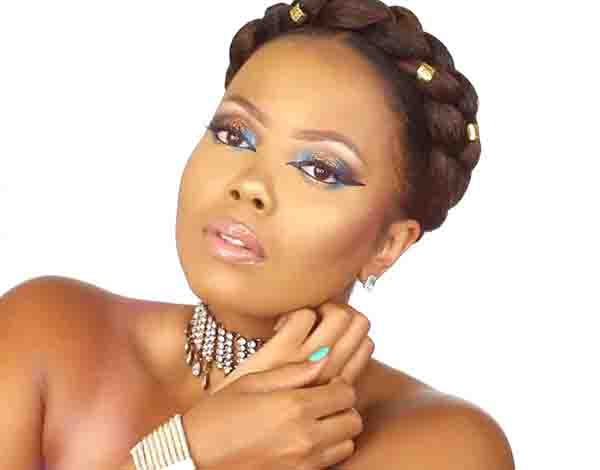
The halo braid involves braiding the hair around the crown of the head, creating a halo-like effect. This style can be a good option for low-porosity hair, as it is gentle and helps to protect the hairline and edges.
Halo braid, a style that involves braiding the hair in a circular pattern around the head, can help to trap moisture within the hair strands, keeping them hydrated and healthy. The style also helps to protect the ends of the hair, which are often the most vulnerable to damage.
Conclusion
So, are protective styles good for low-porosity hair? The answer is yes. Because low-porosity hair requires special care and attention to maintain its health and moisture, protective styling is a great way to keep them healthy and luscious.
But it’s important to choose styles that work well with low-porosity hair and to care for the hair while in a protective style properly. With the right care and attention, low-porosity hair can be strong, healthy, and beautiful.
